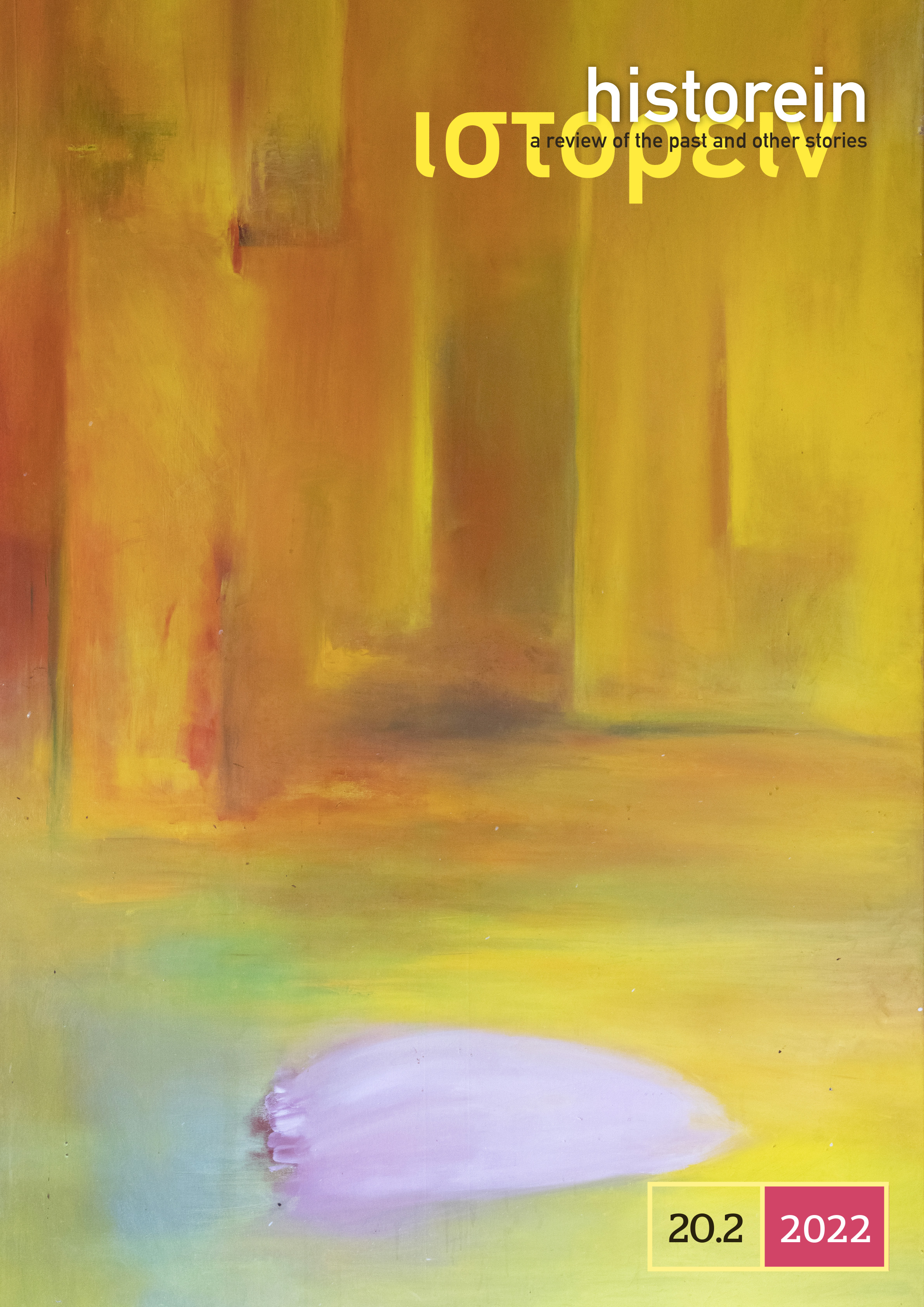Greek Women’s Habits through the Eyes of Early Travellers to Chios

Abstract
Focusing on the images and interpretation of clothing in relation to geographical and cultural space, this article explores the verbal and visual representation of the women of Chios in sixteenth- and seventeenth-century travel writing. The juxtaposition of text and image epitomises the women’s ambiguous depiction in relation to the growing interest in cultural differences as they are manifested through customs of dress. In Nicolas de Nicolay’s Navigations, the beauty of the women, who are compared to goddesses and nymphs, parallels the island’s wealth, fertility and glorious past. At the same time, the idealisation evident through the allusions to antiquity is counterbalanced by the women’s sexuality and extravagance, revealed through their dress, gesture and customs. In the context of the Ottoman Empire, which was seen by Nicolay and other early travellers as a realm of sexual depravation, the proliferation and reproduction of the images of Chian women suggest the ways in which gender, in particular, the dressed female body, is used to construct regional, national, and confessional identities.
To view the full text, click on the button "HTML".
Article Details
- How to Cite
-
Mitsi, E. (2022). Greek Women’s Habits through the Eyes of Early Travellers to Chios. Historein, 20(2). https://doi.org/10.12681/historein.18504
- Section
- ARTICLES

This work is licensed under a Creative Commons Attribution-NonCommercial-ShareAlike 4.0 International License.
The copyright for articles in this journal is retained by the author(s), with first publication rights granted to the journal. By virtue of their appearance in this open access journal, articles are free to use (with the exception of the non-granted right to make derivative works) with proper attribution for non-commercial uses (licence Creative Commons 4.0). EKT/NHRF retains the worldwide right to reproduce, display, distribute, and use articles published in Historein in all formats and media, either separately or as part of collective works for the full term of copyright. This includes but is not limited to the right to publish articles in an issue of the Journal, copy and distribute individual reprints of the articles, authorize reproduction of articles in their entirety in another EKT/NHRF publication, and authorize reproduction and distribution of articles or abstracts thereof by means of computerized retrieval systems.

